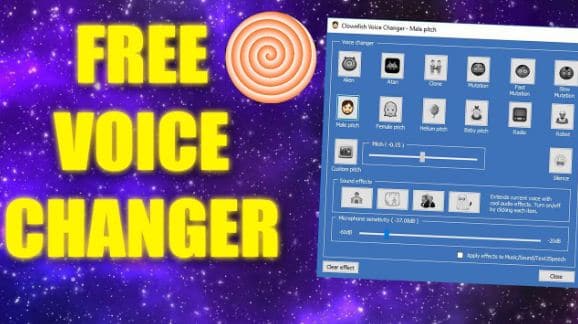

#Best text to speech app android 2016 software
Operating System:Īll three tablets have different operating systems, meaning their software behaves differently. While the placement of the speakers may not be an issue for you, the differences are worth noting. The Nexus 7 and Kindle Fire both have speakers on opposite ends of the device, which dramatically decrease the inadvertent blocking of the sound while being held, but the iPad mini’s speakers are both at the bottom of the device, making it possible, although not likely, that you might block the speakers depending on where you position your hands. They all include dual speakers and have good sound quality. For their size, all three of these tablets have good speakers. People who plan to use the tablets for text-to-speech and audio books will need to give consideration to speaker quality, and where the speaker is positioned. All of the tablets are remarkably light, so holding them for long periods of time should not be an issue for most people. The look and feel of the back may not matter much for many users who use cases for protection. Both the Nexus 7 and Kindle Fire HDX have plastic backs that feel nice in the hand, but feel slightly less classy than the iPad mini. The iPad mini has an all-metal and glass design that makes it feel worthy of its higher price tag. The iPad mini is the largest of the tablets, yet it is easy to hold in one hand, though not as easy as the smaller Nexus 7 and Kindle Fire HDX 7″. The software that runs on the tablet is far more important than the shell on the outside, but you still have to be happy with the way your tablet looks and feels. The iPad’s apps for downloading and reading Bookshare books have many more features than the Nexus 7’s Bookshare app. Both the Nexus 7 and iPad mini have Bookshare and Learning Ally apps. Bookshare is an online library of digital books for people with print disabilities, and helpful to dyslexics, and Learning Ally provides audio books-some with text-for people with reading disabilities. If the person with dyslexia uses Bookshare or Learning Ally, it is important to make sure that the tablet has apps to support those services. See the ecosystem and apps section below for more information about app selection. Apple’s lead in terms of third-party app selection continues to narrow. Currently, the iPad is ahead in terms of app support, but the Nexus 7 is not too shabby in terms of third-party app selection either. Next, app quality and quantity are also important considerations. The other tablets require a more time-consuming process to activate text-to-speech in all apps. The iPad allows text-to-speech to be activated in a few taps when reading webpages and text in other apps, including Safari, Mail, and many third-party apps, including The New York Times newsreader app.

All three of these tablets have text-to-speech, but the way it is implemented differs from tablet to tablet. Generally, for people with dyslexia, it is essential that the tablet have built-in text-to-speech with a high-quality voice. Will it be used primarily for reading books and browsing the web, or will it be used to type documents, read email, and edit movies? When looking for a tablet for someone with dyslexia, be sure to weigh a number of variables to make sure you get the features that are most helpful, and to get the best value, for your needs.įirst, you want to consider what the tablet will be used for. To figure out the one that is right for you, think about which features are most important to you as you read the reviews. All three tablets have some features that are perfect for dyslexics. Instead of focusing on battery life, pixel density, and processor speed, I took a look at the features that would help people with dyslexia and other disabilities. Over the past couple of weeks I have been lucky enough to review three of the most popular tablets-the iPad mini, the Nexus 7, and the Kindle Fire HDX. All references to the iPad in the article and sidebar notations are to Siri-equipped iPads. The intent with this project was to look at features that would be relevant to someone looking for assistive technology features to help compensate for dyslexia.

Advocacy Back Toolkit for Parents, Educators and StudentsĮditor’s note: The following is by no means a complete comparison of all available tablets nor is it a comprehensive review of each of the tablet’s overall functions.Toolkit for Parents, Educators and Students.


 0 kommentar(er)
0 kommentar(er)
